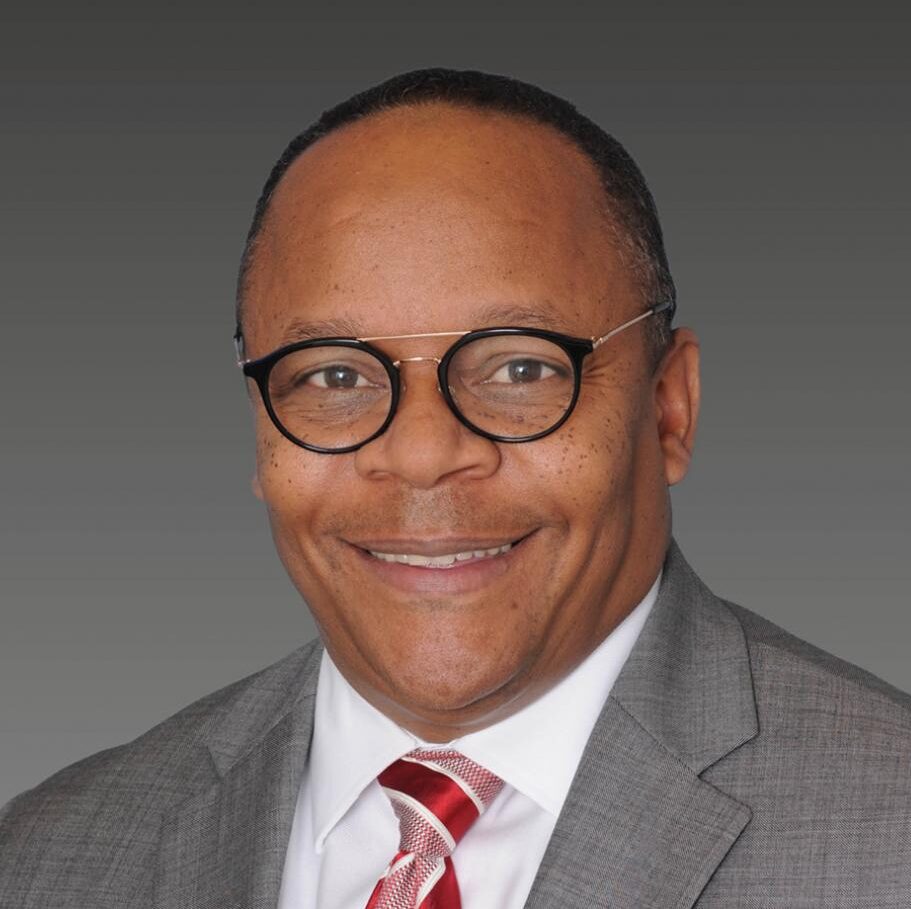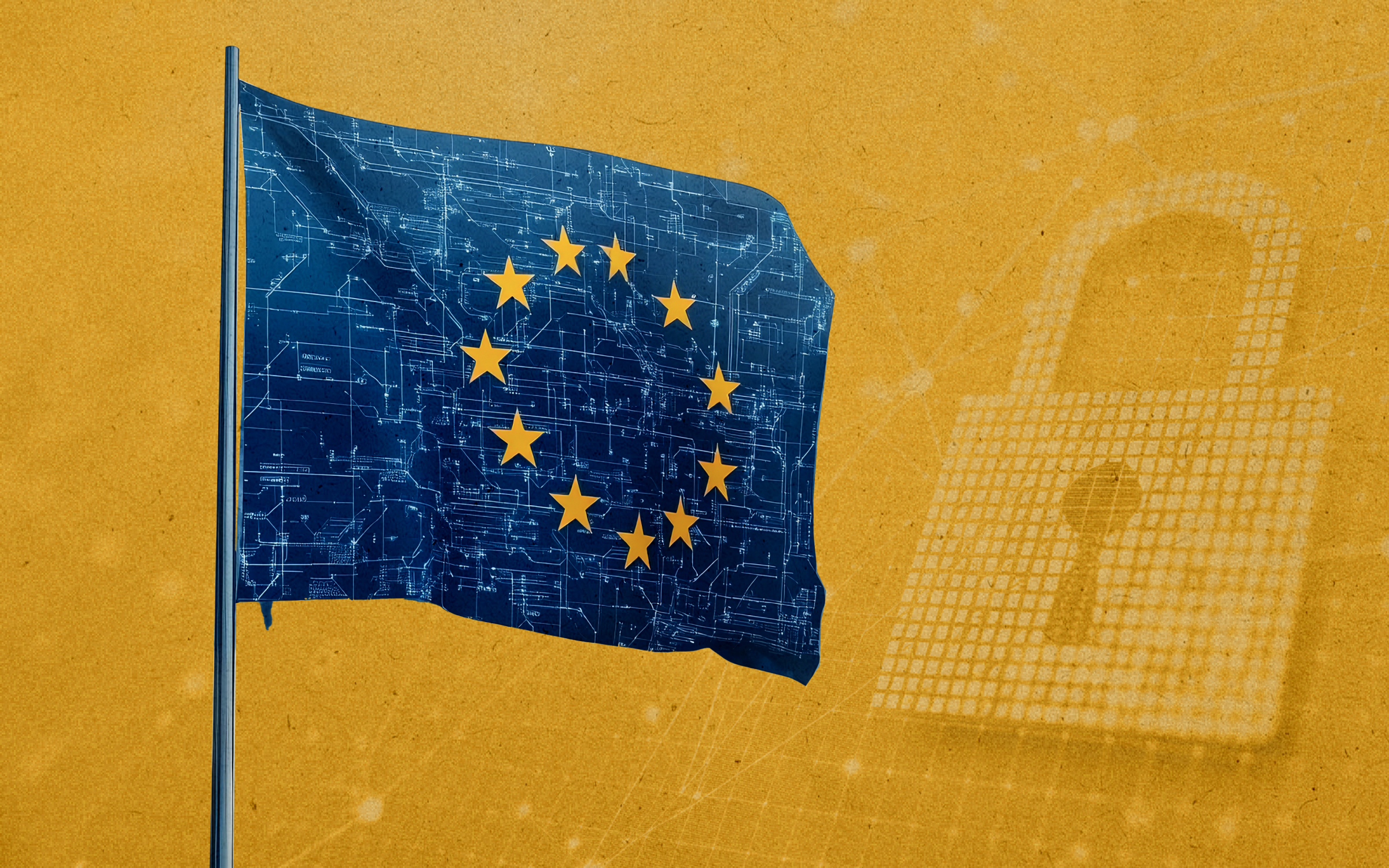“A lot of times where CEOs fail, they come in with a preconceived notion of what they’re going to do, and they try to overlay a plan, program that they had at a previous company,” says Carlos Cubia, senior vice president and global chief diversity, equity and inclusion officer for Walgreens Boots Alliance. “It doesn’t fit the environment, and it’s not what that company is looking for.”
In order to understand the company’s DEI landscape, Cubia ran an assessment to find “where opportunities were, where our gaps were and any challenges that we wanted to quickly address,” he says.
Then, Cubia created a shared definition of DEI at Walgreens Boots Alliance. Because the healthcare organization spans the globe, Cubia and his team had to create DEI goals tailored to different geographies. “We wanted to make sure that we understood the markets that we did business in, we understood our consumers, we understood our employees and really understood the marketplace,” he says. “We brought all that together…then we started to lay out the strategy.”
Once goals were set for the organization, Cubia says the company tied DEI metrics to bonuses for employees. “If you get a bonus in this company, I don’t care what level you are, you have DEI goals that you’re responsible for either directly or indirectly, and that is 10% of our annual bonus is related to DE&I,” Cubia says. Four DEI goals are tied to compensation:
- Increasing the number of women in senior leadership positions.
- Increasing the representation of people of color in senior-leadership roles.
- Bringing in a diverse slate of candidates to interview for open roles and creating diverse interview panels.
- Spending more money with diverse suppliers.
In a conversation with Senior Executive Media, Cubia talked about his position, the needs-based approach his team takes to DEI and the company’s D&I goals. Read the edited interview below.

“My team and I, along with a cross-functional group of individuals, we went to the board and asked for permission for that previous CEO and our board to have goals tied to bonuses.”
Carlos Cubia, Senior Vice President and Global Chief Diversity, Equity and Inclusion officer at Walgreens Boots Alliance
Senior Executive Media: What was going on before you became the chief diversity officer?
Carlos Cubia: When I came on board, Walgreens Boots Alliance had a chief diversity officer for six years. It was the inaugural chief diversity officer, and he was pretty primarily focused on Walgreens. Then came the acquisition in around 2014, and his role became global. That’s when he hired me as the director of strategy networks and programs in 2017.
And two-and-a-half or three months after I came on board, he decided to leave the organization, and, through a process of interviews and searches internally and externally, I was elevated to the role of chief diversity officer and was given the responsibility of building the global strategy at that point.
I took it, accelerated it and globalized it. That’s where the strategy really started to stand up a team, not just here in the U.S., but a team outside the U.S. to focus on the DE&I work… We like to say that our strategy is global, but our execution is local. Because each market is a little different. Each business unit is a little different. We wanted to embed resources and attention to each of the unique markets and businesses that we work with as a global company.
Senior Executive Media: You mention that an assessment determined your needs. What needs were there? And then what was the plan to address them?
Carlos Cubia: When we talk about diversity, who’s included? There’s a lot of questions and challenges around that term, when folks say, “Oh, so as a white male, I am excluded.” What we talked about was all the dimensions of diversity. When we define it, we’re talking all the dimensions of diversity, age, gender, sexual preference, sexual orientation, education, background, ethnicity.
We have really broadened how we look at diversity at our company. If you’re different from me, then you’re diverse. That’s the diversity we’re looking for. Some folks may take issue with that. But for us, we wanted to make sure that everybody felt included and knew that their presence was important to their growth, and the progress of our company, and so that’s how we approached it.
Other things that we did is we started to say, “How do we measure this? How do we show progress along the way?” And sometimes organizations get caught up in “did I move the needle? Can I show a five- or 10-point increase?” And what we want to do is say, “Hey, is there awareness? Are people now able to talk about it?”
Several years ago, if you asked someone what our strategy was, they couldn’t tell you. If they asked you how we define diversity, equity, inclusion, they couldn’t tell you. Now, they know. People are proactively trying to set up workgroups and steering groups. Businesses have their own teams within the team. To drive diversity, equity inclusion, our legal team has stood up a diversity legal steering committee. Our marketing department has come up with marketing for change. Our communications [team] has folks dedicated to diversity as it relates to stories and communications that we put out. It is truly embedded now. We have regular meetings with the board members.
We now have goals that’s tied to our bonus… That was not well received in the beginning, but we set aggressive goals. Year one out of the gate…we hit four of the five goals, but we over-achieved in other areas where the net payout was over 100%.
Senior Executive Media: What DEI goals are tied to compensation?
Carlos Cubia: My team and I, along with a cross-functional group of individuals, we went to the board and asked for permission from that previous CEO and our board to have goals tied to bonuses. And they said, “Okay, go figure it out. Yeah, bring it back to how you would do that. What does that look like? How do you measure it? How do we ensure success? And how do we socialize it across the organization?”
So we had to do some benchmarking with other companies and maybe have goals. They weren’t tied to the bonus, but they had goals. So we said, “Okay, we can take that information. How do you tie it to a bonus? Let’s work with finance and our compensation team. And then let’s reach out to experts in the field to talk about what goals we can measure. Can we validate these goals? And is there any foundation that’s already out there for some of these goals?”
- Our first goal is to increase women in senior leadership positions by a certain percentage point based on market availability and our current internal representation. So that number was 3%. We had probably 5%, and room to grow… Year one, we said, “Let’s grow it by three percentage points.”
- People of color in the United States, when you get to see your director, vice president, senior vice president, at those levels, we were under index with people of color. So that was the goal.
- We said, “Okay, how do we get the candidates so that we can achieve those goals?” So we set a goal, say, every slate of candidates that you bring in for an open role has to be diverse, and we define what that diversity looks like. You can’t even start a search at this company, unless you have a diverse slate of candidates.
- Now it’s time to interview and the interview panel has to be diverse… We had to go across the organization and educate folks on what the business was looking for. I found myself as an African-American male sitting on a lot of panel interview panels, so that we can diversify that slate. And it wasn’t just performative. These individuals had to have decision making authority to advance that candidate or to not advance that candidate. So that was, those were four of the five goals.
- And the fifth and final goal was, we knew that as a community based organization, we had an obligation and a duty to give back to the community. So we set a supplier-diversity goal. It says of all this money we spend every year, putting products on our shelves and cleaning our buildings and litigating cases, we want to make sure that we’re giving some of that business to diverse businesses. Year one, we set a goal of $500 million, and we came in at $521 million. Year two, we set a goal at $625 million. We increased it by over $100 million. And we are on track right now, to hit that by year-end. So this is year two of that goal.
So those are the five goals that we set, and that we track and monitor. There are other goals that we can track and monitor but those are the five that are tied to the bonus.
Senior Executive Media: For year one, which goal were you falling short on?
Carlos Cubia: That was women in leadership. We didn’t hit that one. We got close. That’s an international one [goal] that’s across all of the 27 plus countries that we do business in… We’re monitoring women at that senior director level and above, across all of our businesses. And we needed to get the 3% in percentage point increase. And I think we were like two-point-something or that there was a lot of movement.
When you think about an organization with 100,000 associates across the globe, it takes a lot to move those numbers, and so you have to take in consideration attrition, people leaving the company, hiring people, promoting people… At the end of the day, we’re able to do it [make progress]. It has been validated. And we’ve gotten a lot of very positive responses internally and externally, from introducing that.






